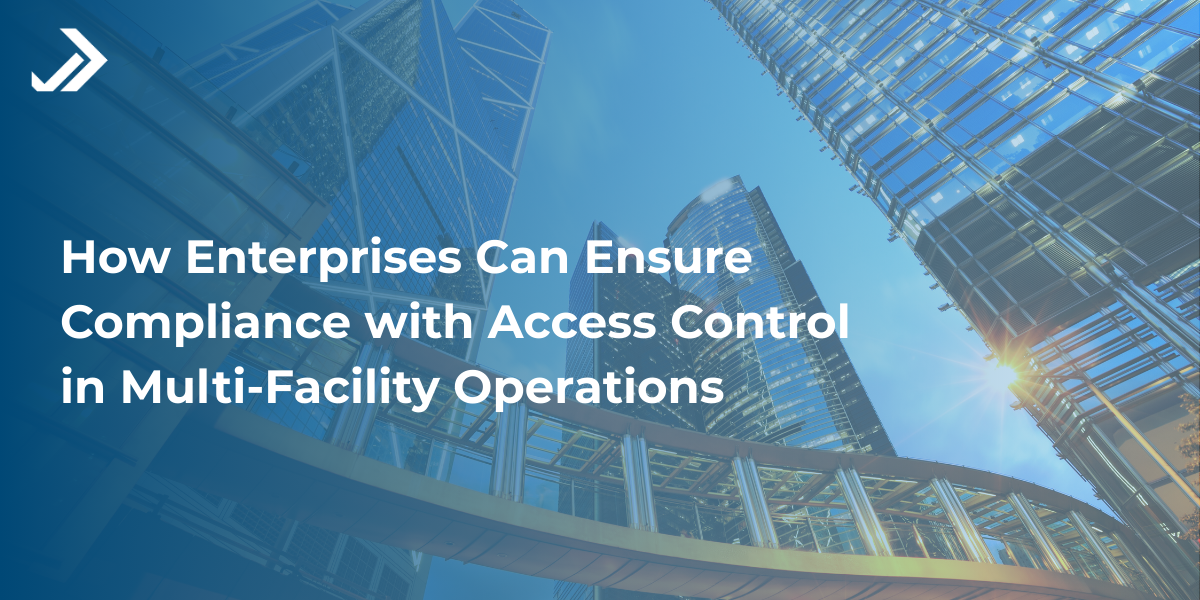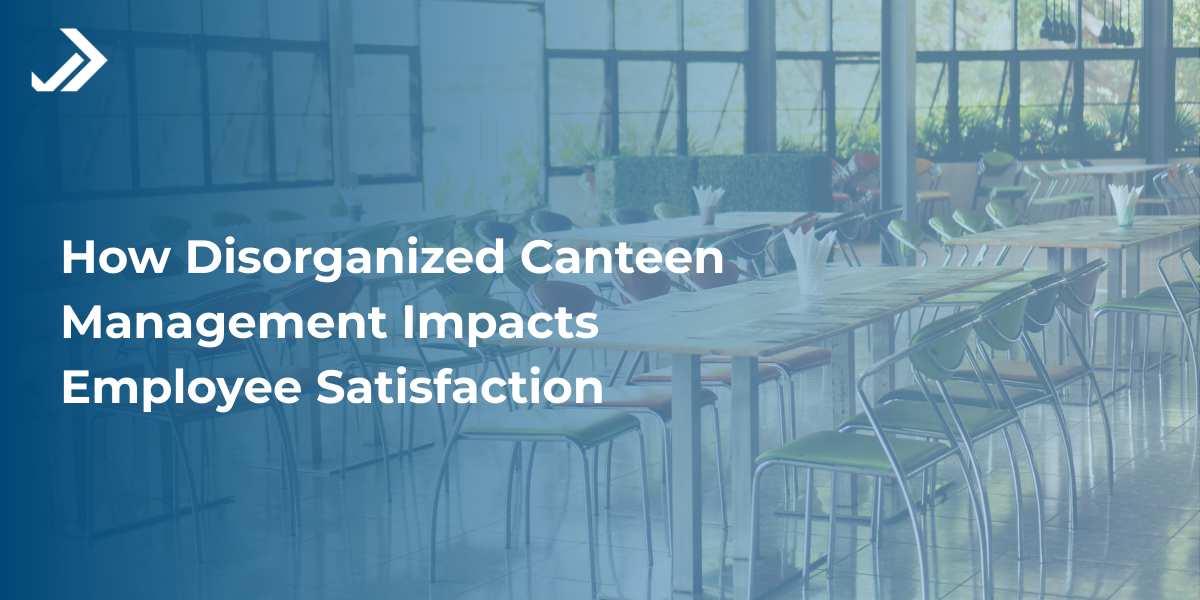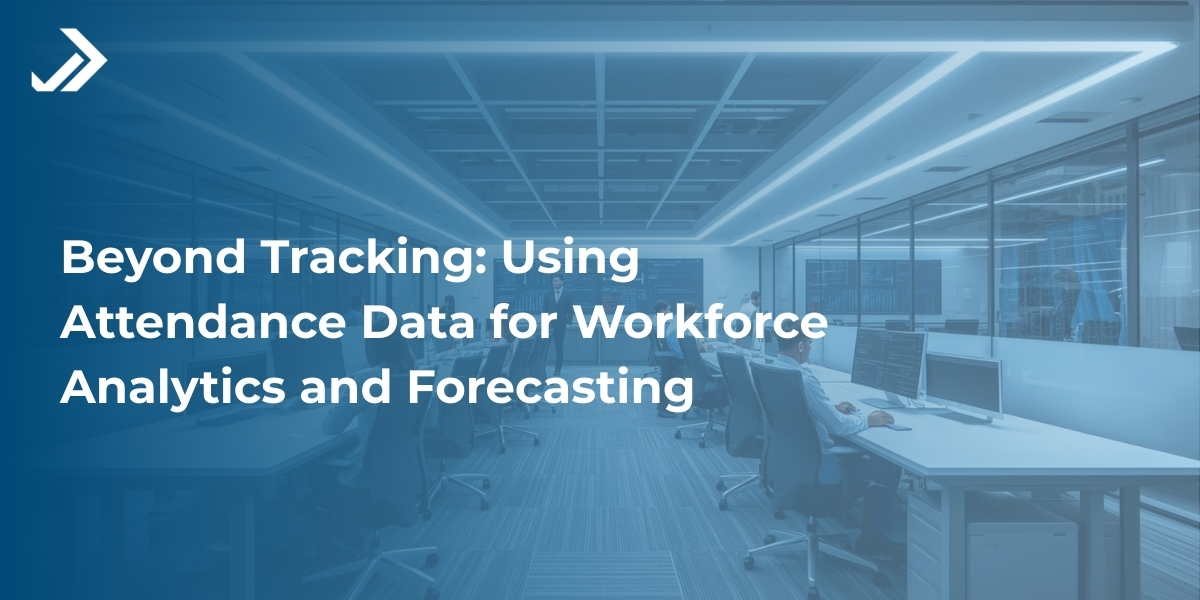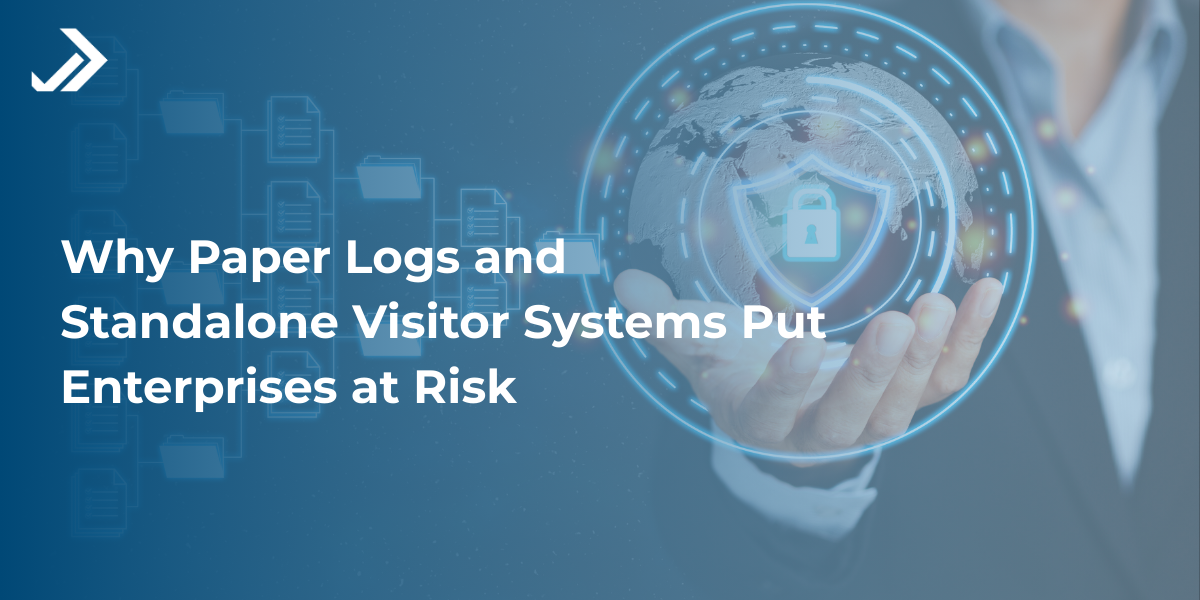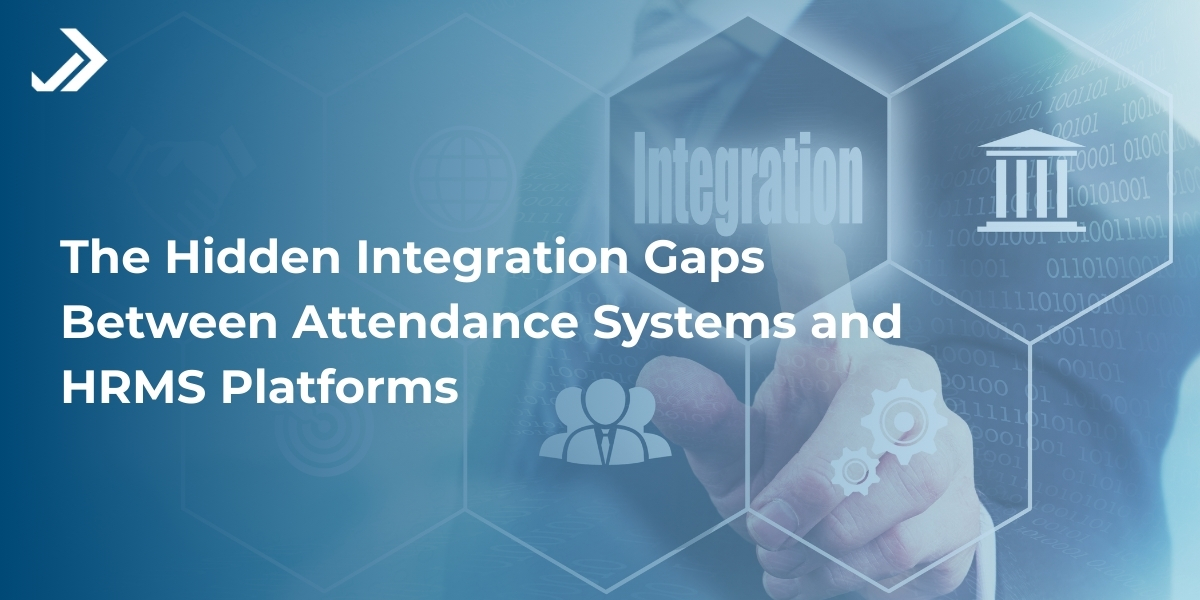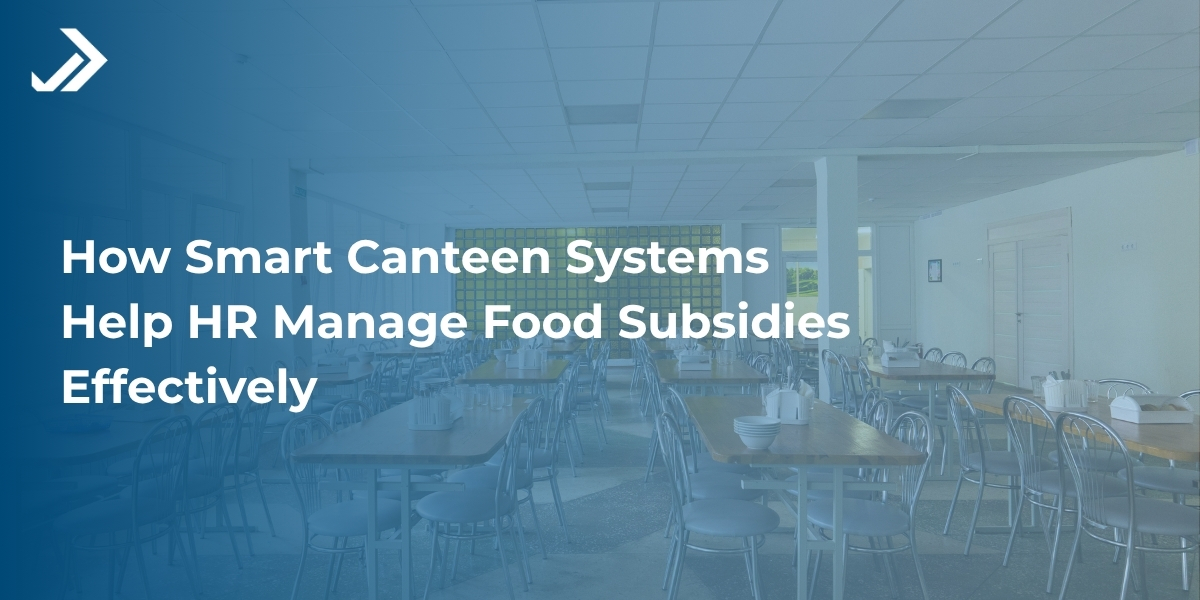

Author : Marketing Team | Follow us on LinkedIn:
23 Oct, 2025
How Smart Canteen Systems Help HR Manage Food Subsidies Effectively
Table of Contents
Cafeterias are meant to fuel employees, not frustrate HR. Yet in many workplaces, food subsidies often spark more tension than satisfaction. One group of employees complains about being overcharged, finance departments struggle to reconcile incomplete bills, and HR ends up spending hours double-checking who ate what. What starts as a simple welfare initiative soon feels like an endless accounting puzzle.
This is exactly why organizations are turning to a Canteen Management System. By automating how meals are recorded, billed, and subsidized, the system restores fairness and transparency while cutting unnecessary manual work. The result is simple: employees enjoy their benefits, and HR finally gets back control.
Understanding Smart Canteen Systems
A smart canteen system isn’t just a digital cash register. It’s a complete platform for managing workplace food services. Every step—menu listing, billing, subsidy calculation, and payroll integration—runs on automation.
Its core features include:
- Menu digitization so employees know exactly what’s available and at what cost
- Automated billing with subsidies applied in real time
- Integration with employee IDs for accurate tracking
- Direct linkage with payroll to simplify reconciliation
Enterprises with in-house cafeterias or those relying on a contract canteen system see the biggest benefits. Instead of managing piles of paper slips or vendor invoices, they operate with one digital source of truth.
The Problem with Manual Subsidy Management
Managing subsidies without automation quickly exposes flaws.
- HR has no reliable way to track individual consumption.
- Subsidies may be misused through favoritism or shared cards.
- Errors creep into billing, creating disputes and delays.
- Finance teams face blind spots when reconciling vendor bills.
For example, in one manufacturing company, cafeteria invoices showed higher food consumption than the actual number of employees present on site. Without proper systems, HR had no proof to challenge the vendor, leading to budget leakage every month.
These challenges don’t just affect cost control—they also damage trust between employees and management.
How Smart Canteen Systems Manage Subsidies Effectively
A Canteen Management System simplifies every stage of the process. Here’s how it works in practice:
- Define Menu Items with Price and Subsidy: HR teams configure meals with actual costs and subsidy amounts. Employees see both values clearly on the screen, creating full transparency.
- Automated Billing and Deduction: Each time an employee buys a meal, the system instantly applies the subsidy. The remaining balance is deducted from salaries, prepaid cards, or digital wallets. No cash handling, no arguments at the counter.
- Role-Based Subsidy Allocation: Different employee groups can have different rules. For example, executives may receive a higher subsidy than staff, while contract workers get a fixed allowance. A contract canteen system can even handle shift-based rules automatically, saving HR hours of manual work.
- Real-Time Tracking and Reports: HR and Finance teams get access to dashboards that show live consumption and subsidy trends. Payroll integration ensures all costs are reconciled without discrepancies.
Benefits for HR and the Organization
The adoption of a digital system has far-reaching effects:
- Fair Distribution: Every employee gets exactly what’s defined in the policy.
- Cost Control: Clear visibility into expenses prevents misuse and keeps budgets on track.
- Employee Satisfaction: A transparent, cashless process reduces friction and builds trust.
- Time Savings: HR no longer spends hours chasing invoices and reconciling bills.
- Data Insights: Reports on food preferences and subsidy costs help organizations plan better.
A multinational IT company, for instance, used to manually manage cafeteria bills across multiple offices. After moving to a Canteen Management System, they not only reduce disputes but also can save 20% on subsidy costs by identifying underutilized food items and adjusting policies.
For organizations running on a contract canteen system, accurate billing strengthens vendor relationships. When both sides work with the same data, payments become smoother, and disputes drop dramatically.
Best Practices for Implementing Smart Canteen Systems
Simply buying the software isn’t enough. Successful implementation requires the right approach:
- Set Clear Food Policies: Decide who qualifies for subsidies, how often, and what limits apply.
- Configure Menus Carefully: Keep prices and subsidy amounts accurate to avoid disputes later.
- Onboard Employees and Vendors: A short training session helps everyone adapt quickly.
- Review Usage Regularly: Use the reports to adjust policies and keep costs under control.
When paired with clear guidelines, a Canteen Management System becomes a powerful tool that balances employee welfare with organizational efficiency.
Conclusion
Food subsidies should be a benefit, not a burden. A smart Canteen Management System ensures they remain just that—fair, transparent, and efficient. By automating processes, reducing misuse, and improving cost control, it transforms cafeteria management into a smooth operation.
Whether a company runs its own kitchen or depends on a contract canteen system, the outcome is the same: employees enjoy their meals without hassle, HR saves time, and Finance gains clarity.
Sometimes, it takes only a small upgrade to make a big difference. Investing in a smart canteen system can be that change, creating happier employees and smarter workplaces.


